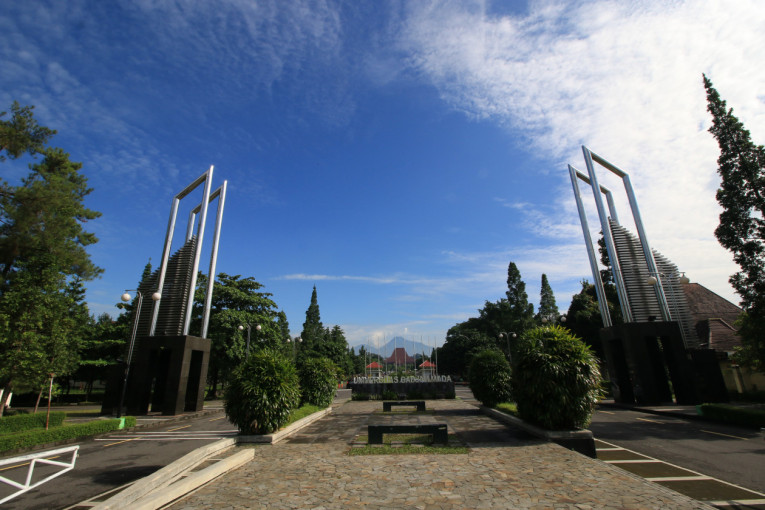
The UGM Faculty of Medicine, Public Health, and Nursing (FKKMK) hosted the 19th International Inter-medical School Physiology Quiz (IMSPQ) on July 29 and 30 in Yogyakarta.
IMSPQ is an international competition among medical students that assesses their understanding of physiology. Physiology is a fundamental field of medicine that examines how the human body typically operates.
This year’s IMSPQ included 70 delegations from universities in Indonesia, Malaysia, Singapore, Sri Lanka, Taiwan, Thailand, the Philippines, Vietnam, China, India, Japan, Romania, Qatar, and Australia, totaling 210 students and 150 accompanying faculty members.
Dean of the Faculty of Medicine, Public Health, and Nursing, Dr. Yodi Mahendradhata, MD, stated that IMSPQ, with the slogan “Physiology, Homeostatic Harmony Tuned to Life,” will further introduce the UGM Faculty of Medicine, Public Health, and Nursing and its achievements on an international level, particularly in physiology.
He also mentioned that apart from its academic purposes, the event can foster collaboration and cooperation in basic medical sciences, particularly physiology, and the faculty in general.
“This international event with a considerable number of participants will also serve as a method to promote tourist attractions in Yogyakarta and its surrounding areas,” he added.
Professor Cheng Hwee Ming from the Faculty of Medicine, University of Malaya, as the Master Quiz of the 19th IMSPQ, expressed his joy in the in-person holding of the olympiad after the pandemic, allowing him to meet participants and academic communities interested in physiology.
“Make use of this opportunity to find as many friends, experiences, and new networks with fellow students and attending faculty members,” the professor said.
The IMSPQ Olympiad consists of a written test and an oral quiz. The teams compete for the Professor A. Raman Trophy, named after the first physiology professor at the University of Malaya.
The written test selects 30 delegation teams that will then proceed to the oral quiz, where the top 3 teams will be determined. It occurred on the first day of the event, requiring participants to answer 100 true or false questions.
The questions were designed to assess their understanding and concepts regarding various functions of the human body’s systems. The ranking was determined based on the team’s average score.
Subsequently, the oral quiz took place on the second day, with the 30 qualifying teams divided into six groups, each consisting of 5 teams. From these six groups, a winner, a runner-up, and three teams with the highest points were selected to advance to the second round of 15 groups.
The semifinal round consisted of 6 teams with the highest points, and they then proceeded to the final round to determine the top 3 teams with the highest points who would be the winners.
Author: Gusti Grehenson

